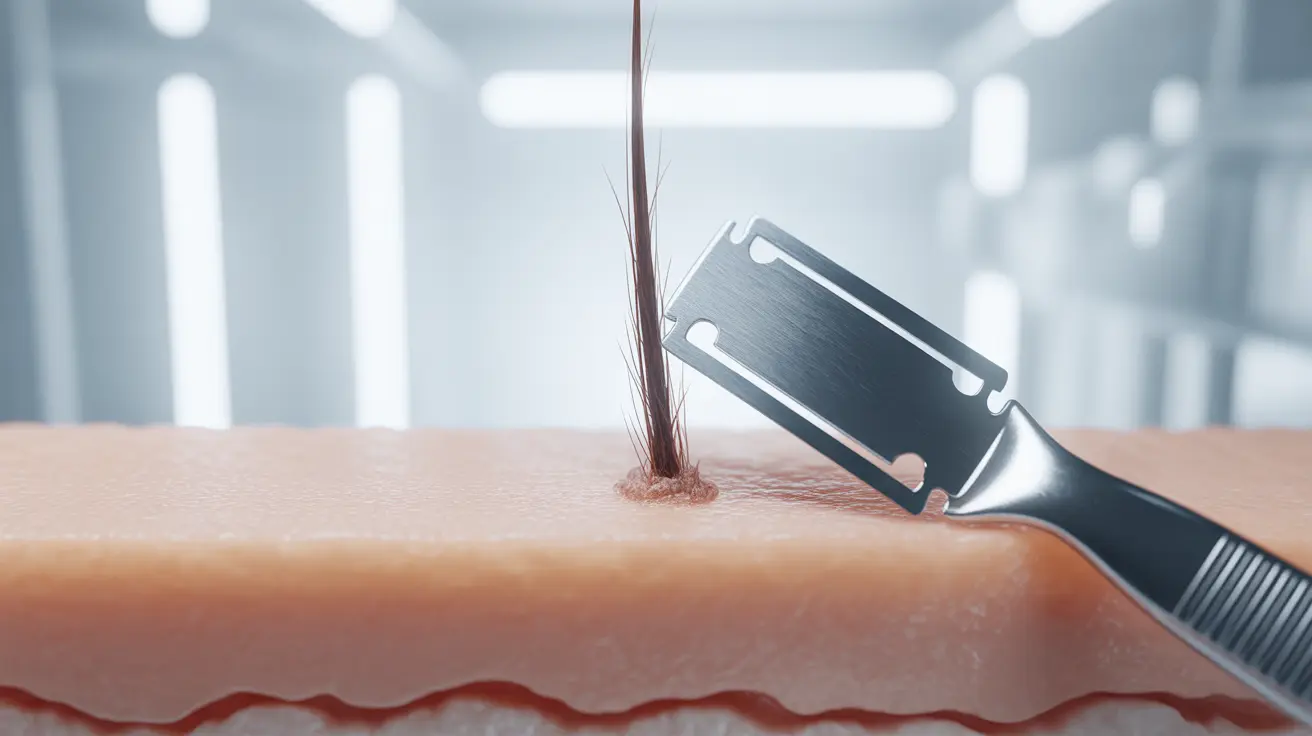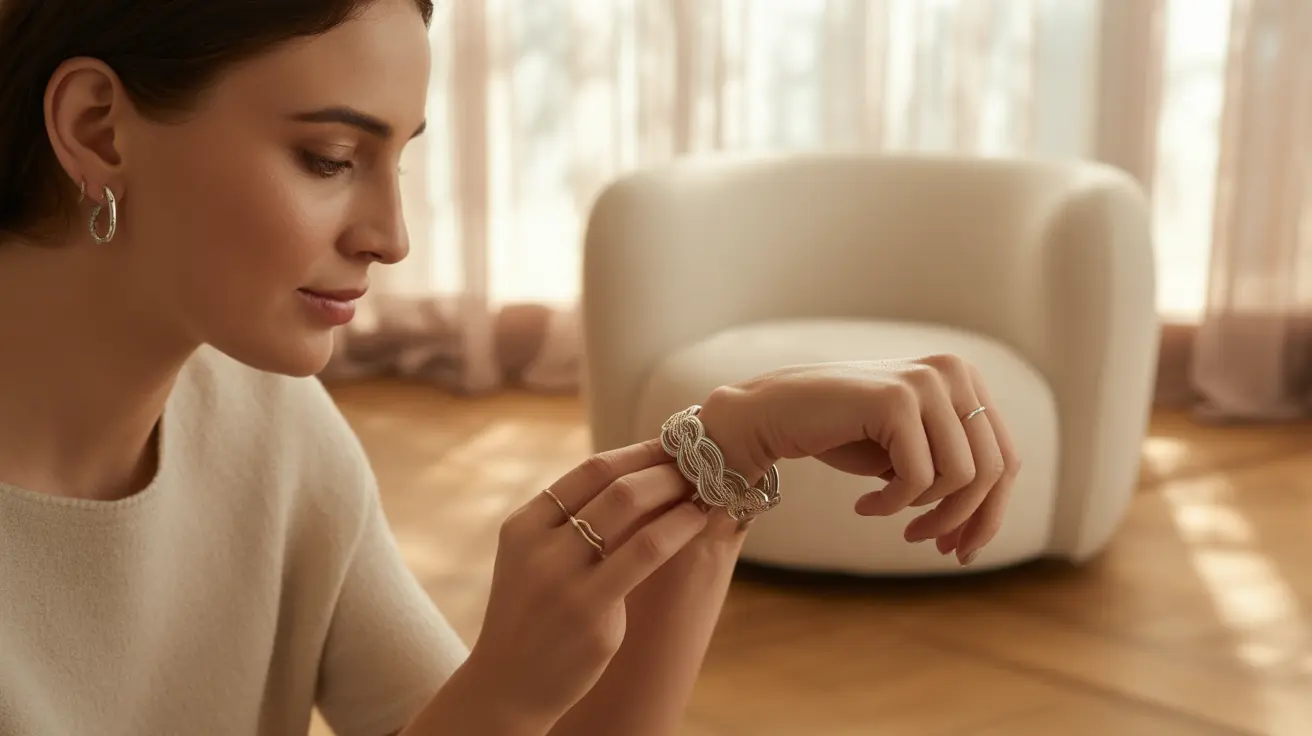Menstrual discs represent an innovative approach to period care, offering a unique combination of comfort, convenience, and functionality. These flexible, round devices sit in the vaginal fornix to collect menstrual flow, providing up to 12 hours of protection while remaining virtually undetectable during wear.
Whether you're considering switching from traditional period products or simply exploring your options, understanding how menstrual discs work and their benefits can help you make an informed decision about your menstrual care routine.
How Menstrual Discs Work
Menstrual discs feature a flexible rim with a thin, bag-like center that collects menstrual fluid. Unlike menstrual cups that sit lower in the vaginal canal, discs are positioned in the vaginal fornix, the widest part of the vagina near the cervix. This unique placement allows for several distinct advantages in terms of comfort and functionality.
Proper Insertion and Removal Techniques
Insertion Steps
To insert a menstrual disc correctly:
- Wash your hands thoroughly
- Pinch the disc's rim into a figure-eight shape
- Find a comfortable position (sitting, squatting, or standing)
- Insert the compressed disc at a 45-degree angle, pushing back and down
- Tuck the front edge behind your pubic bone
Removal Process
For safe and mess-free removal:
- Hook your finger under the rim's edge
- Pull straight out while keeping the disc level
- Remove in the shower or over a toilet for cleanliness
- Clean reusable discs according to manufacturer instructions
Comparing Discs and Cups
While both menstrual discs and cups are internal period protection options, they differ significantly in design and use. Discs sit higher in the vaginal canal, can be worn during intercourse, and don't rely on suction for leak protection. Cups, meanwhile, sit lower and use suction to prevent leaks, but must be removed before intimate activity.
Safety and Compatibility
IUD Safety
Menstrual discs can be safely used with IUDs when proper precautions are taken. The disc's placement in the vaginal fornix means it shouldn't interfere with IUD strings. However, it's essential to check with your healthcare provider and be gentle during removal to avoid disturbing your IUD.
Toxic Shock Syndrome Risk
Menstrual discs may have a lower risk of Toxic Shock Syndrome (TSS) compared to tampons because they collect rather than absorb menstrual fluid. However, following proper hygiene protocols and maximum wear time recommendations remains crucial.
Benefits of Reusable Menstrual Discs
Reusable menstrual discs offer several advantages over disposable options:
- Environmental sustainability through reduced waste
- Cost-effectiveness over time
- Medical-grade materials for long-term use
- Customizable fit options
- Reduced exposure to synthetic materials
Frequently Asked Questions
How do you insert and remove a menstrual disc correctly for comfort and leak protection?
Insert the disc by pinching it into a figure-eight shape and pushing it back and down at a 45-degree angle until it sits behind your pubic bone. For removal, hook your finger under the rim and pull straight out while keeping the disc level. Proper placement behind the pubic bone is crucial for leak protection.
What are the main differences between a menstrual disc and a menstrual cup?
Menstrual discs sit in the vaginal fornix and don't use suction, while cups sit lower and create a suction seal. Discs can be worn during intercourse, while cups cannot. Discs also typically have a larger capacity and different removal process compared to cups.
Can you have sex while wearing a menstrual disc without discomfort or mess?
Yes, menstrual discs are designed to allow for penetrative intercourse while worn. Their placement in the vaginal fornix keeps them out of the way during intimate activity, and when properly inserted, neither partner should feel the disc.
Are menstrual discs safe to use with an IUD and do they reduce the risk of toxic shock syndrome?
Menstrual discs are generally safe to use with IUDs, though careful removal is important to avoid disturbing IUD strings. They may present a lower TSS risk than tampons because they collect rather than absorb menstrual fluid, but proper hygiene and wear time guidelines should still be followed.
What are the benefits of using a reusable menstrual disc compared to disposable options or other period products?
Reusable menstrual discs offer environmental benefits by reducing waste, provide cost savings over time, and are made with durable, medical-grade materials. They also offer customizable fit options and reduce exposure to synthetic materials found in disposable products.




